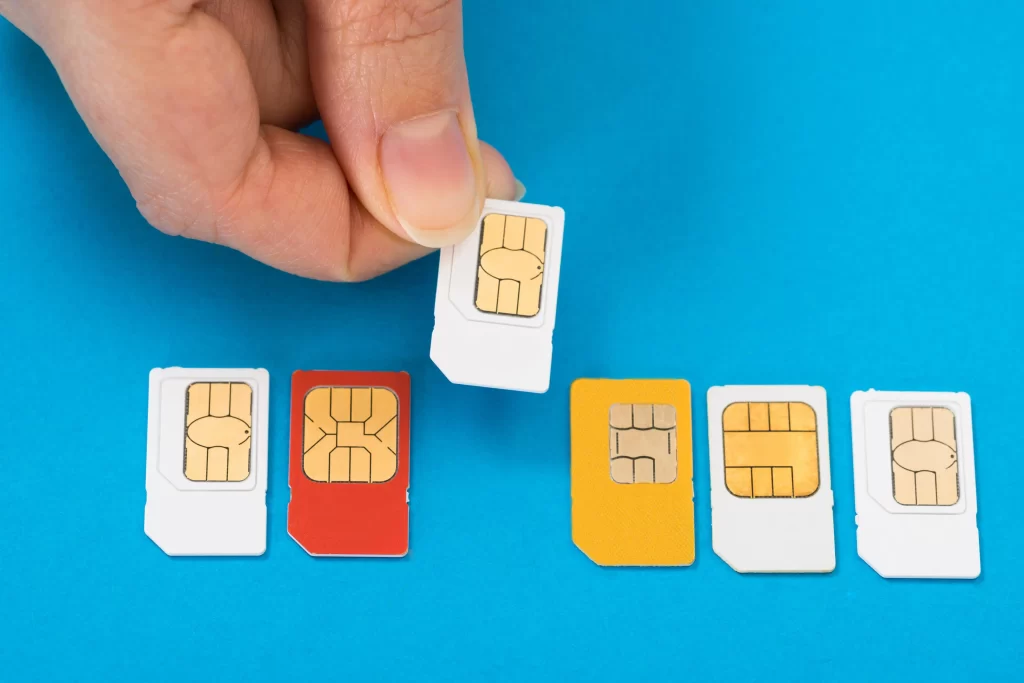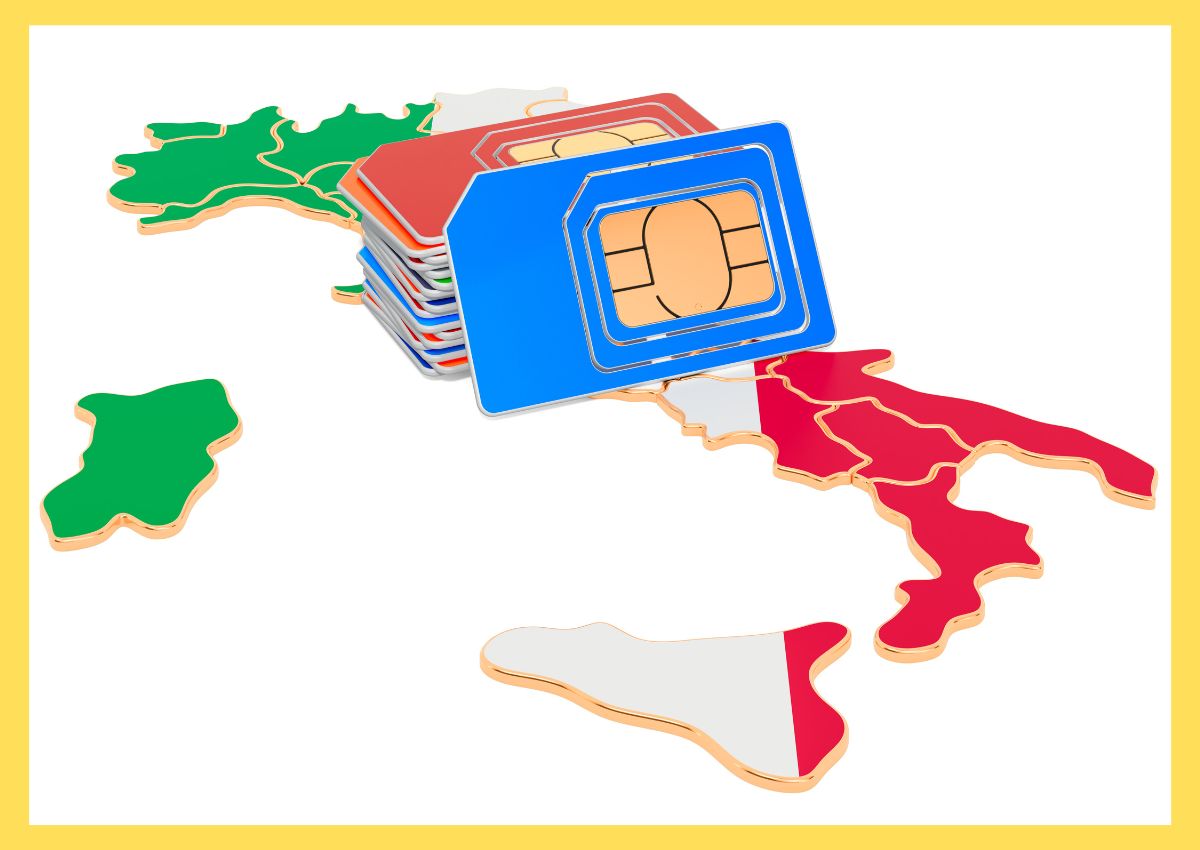There you are, in the middle of paradise, surrounded by stunning views, delicious food, and the excitement of a new adventure. But there’s one thing missing: your connection to the outside world. No Instagram posts. No checking maps. No Googling how to say “Can I pet your dog?” in the local language. Enter the lifesaver of modern travel—reliable internet. Whether you’re globe-trotting for business or pleasure, staying connected is essential in today’s world. And no, we’re not talking about collecting postcards.
Welcome to the guide where I, Frank—your friendly travel expert—break down the best options to keep you connected no matter where your wanderlust takes you. From SIM cards to Wi-Fi gadgets, and of course, introducing the magic of Yesim—a Swiss-based eSIM provider that’ll change the way you think about staying online abroad. Whether you’re scrolling through cat memes, navigating unknown streets, or video-calling your family back home to show them your weird hotel pillow, I’ve got you covered. Ready? Let’s dive in!
Why Staying Connected is Non-Negotiable for Travelers
Before we get into the options, let’s face it: staying connected while traveling is a necessity, not a luxury anymore. Picture this—you’ve just stepped off the plane in a country where you don’t speak the language, your next stop is a hotel you’ve never been to, and the driver who was supposed to meet you at the airport? Well, they’re nowhere to be found. Not exactly ideal.

Whether it’s for safety reasons, navigation, or just staying up to date with your Insta stories (no judgment!), having access to the internet is crucial on any adventure. It’s how you make spontaneous plans, find the best local food spots, and yes, avoid tourist traps. And in this post-pandemic world, traveling smartly means staying connected without relying on unreliable Wi-Fi at sketchy cafes or overpaying for international data roaming. It’s time to get savvy with your options. And spoiler alert: Yesim eSIM might just be your new best friend.
1. Traditional SIM Cards: The OG of Mobile Connectivity
Let’s start with the classic—SIM cards. If you’ve ever traveled before, you know the drill. You land in a new country and make a beeline to the nearest kiosk or telecom store to pick up a local SIM card. But is this still the best option?
Pros of Traditional SIM Cards:
- Availability: You can find SIM cards almost anywhere—airports, local stores, even vending machines.
- Local Rates: You usually get access to cheaper local data plans.
- Good for Long Stays: Ideal for those who plan to stay in one country for an extended period.
Cons of Traditional SIM Cards:
- Swapping Hassle: You have to physically remove your existing SIM, and if you’re not careful, you might lose it. (Yes, it’s happened to me more times than I’d like to admit.)
- Limited Coverage: Once you cross a border, you’re out of luck, and it’s time to repeat the process with a new SIM.
- Data Limits: Some plans can have data restrictions, leaving you hunting for Wi-Fi mid-trip.
If you’re sticking to one country for a while and don’t mind the hassle of swapping SIMs, this is a decent option. But if you’re on a multi-country adventure, there’s a much better alternative—keep reading.
2. Portable Wi-Fi Routers: Carry Your Own Hotspot
Ever heard of portable Wi-Fi routers? These pocket-sized gadgets let you connect multiple devices to a single mobile network, acting as your personal hotspot wherever you go. Sounds dreamy, right? Well, it has its perks but also a few catches.

Pros of Portable Wi-Fi Routers:
- Multiple Devices: Connect your phone, laptop, and tablet simultaneously.
- Flexible Plans: Many routers come with flexible data plans that suit your trip length and usage.
- Perfect for Groups: If you’re traveling with friends or family, everyone can connect to one device.
Cons of Portable Wi-Fi Routers:
- Bulky: Who wants to carry another gadget when you’re already juggling cameras, maps, and souvenirs?
- Battery Life: The battery life of these devices can be hit or miss, so make sure you have a backup plan if your Wi-Fi suddenly dies mid-photo upload.
- Data Caps: Depending on the provider, you may have data limits that slow down your connection after heavy use.
The verdict? Great for those traveling in groups or anyone with multiple devices. Just remember to pack an extra charger, because those batteries run out quicker than you think.
3. Yesim: The Game-Changing eSIM for Travelers
Now, let’s talk about Yesim. Imagine not having to switch SIM cards every time you change countries, no more waiting in line at kiosks, and zero worries about losing your existing number. With Yesim, you get seamless data coverage across 150+ countries with just a few taps on your phone. Plus, no physical SIM swapping required—hallelujah!

Why Yesim is Perfect for Travelers:
- Global Coverage: From the heart of Europe to the mountains of South America, Yesim’s eSIM has you covered.
- No Roaming Charges: Bye-bye, outrageous roaming fees. Yesim’s Pay-as-You-Go model ensures you only pay for the data you use.
- Eco-Friendly: Because it’s all digital, there’s no waste from physical SIM cards. Traveling sustainably never felt so connected.
- Easy Activation: All it takes is a QR code scan, and you’re good to go—no matter where you are.
- Flexible Plans: Whether you’re in one country, a specific region, or hopping across the globe, Yesim has a data plan that suits your needs.
Sustainable tourism meets smart travel—that’s the beauty of Yesim. No more wasteful SIM swaps, and no more worrying about finding the nearest Wi-Fi café. You’re always connected, wherever you are, and with a smaller environmental footprint. Isn’t that the dream?
4. Local Wi-Fi Options: Free, but Risky
Sure, free Wi-Fi sounds amazing, and it’s everywhere these days—from airports to hotels to coffee shops. But there’s a catch—security. Public Wi-Fi networks are notorious for being insecure, and if you’re checking your bank balance or sensitive emails, you could be putting your data at risk.

Pros of Local Wi-Fi:
- It’s Free: Do we really need another pro?
- Widely Available: From hostels to shopping malls, you can often find free Wi-Fi networks pretty easily.
Cons of Local Wi-Fi:
- Security Risks: Public Wi-Fi networks are breeding grounds for hackers and data thieves.
- Unreliable Speeds: Have you ever tried uploading photos in a café with five other people streaming videos? Yeah, good luck with that.
- Location Dependent: No Wi-Fi in the middle of the jungle or on a long train ride. Oops.
Free Wi-Fi is great for casual use but should never be your main connection source while traveling. It’s unreliable and, frankly, unsafe for anything more than a quick Instagram scroll.
Sustainable Travel Tip: Connectivity with a Conscience
Staying connected doesn’t have to come at the planet’s expense. By opting for Yesim’s digital eSIM solution, you’re already reducing the waste from plastic SIM cards and packaging. But there’s more you can do. Turn off unnecessary apps that drain your battery and data, and keep your usage light where you can. Every bit of mindful tech use helps reduce your carbon footprint while traveling.
Which Option Should You Choose?

It all depends on your needs, but if you want my take: Yesim is the ultimate solution for frequent travelers or anyone hopping between multiple countries. It’s hassle-free, eco-friendly, and keeps you connected wherever you go. Plus, the flexibility and pay-as-you-go model means you’re not stuck paying for data you don’t use.
Where to Get Your SIM or eSIM?
If you’re ready to stay connected without the hassle of roaming fees or risky public Wi-Fi, it’s time to try Yesim. With coverage in over 150 countries, you’re just one scan away from being connected.
Click here to purchase your Yesim eSIM and say goodbye to traditional SIM card chaos.
Need more travel tips? Don’t forget to check out our other posts on sustainable travel, local eats, and more!
Happy travels, A Tiny Traveler!







